Home>Furniture & Design>Office Furniture>How To Adjust An Office Chair Tilt
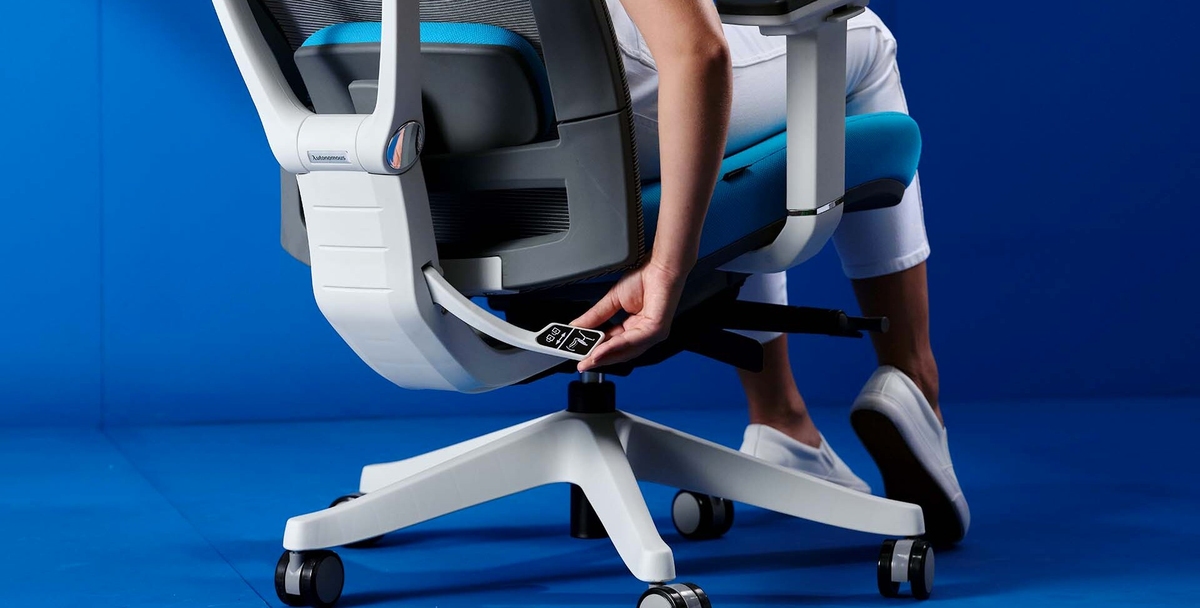

Office Furniture
How To Adjust An Office Chair Tilt
Modified: January 14, 2024
Learn how to properly adjust the tilt of your office chair for maximum comfort and support. Follow our step-by-step guide for a more ergonomic workspace. Ideal for office furniture, furniture, and design enthusiasts.
(Many of the links in this article redirect to a specific reviewed product. Your purchase of these products through affiliate links helps to generate commission for Storables.com, at no extra cost. Learn more)
Introduction
Welcome to the world of ergonomic comfort and productivity! Whether you spend hours at a desk for work, gaming, or studying, the tilt of your office chair plays a crucial role in your overall comfort and posture. In this comprehensive guide, we will delve into the art of adjusting an office chair's tilt to ensure that you can tailor it to your specific needs. By understanding the mechanics behind office chair tilt and mastering the adjustments, you can optimize your seating experience and promote a healthier, more enjoyable environment for all your desk-related activities.
A well-adjusted office chair can alleviate discomfort, reduce the risk of musculoskeletal issues, and enhance your focus and efficiency. As we explore the intricacies of office chair tilt, you will gain valuable insights into the various mechanisms at play, empowering you to make informed adjustments that cater to your unique preferences and body type. Whether you prefer a slight recline for relaxation or a more upright position for focused tasks, this guide will equip you with the knowledge and skills to achieve the perfect tilt for your chair.
Join us as we unravel the secrets of office chair tilt, uncover practical tips for making precise adjustments, and discover the transformative impact that a properly tilted chair can have on your daily comfort and well-being. It's time to take control of your seating experience and embark on a journey toward enhanced ergonomic support and personalized comfort. Let's dive into the fascinating world of office chair tilt and unlock the potential for a healthier, more enjoyable sitting experience.
Key Takeaways:
- Mastering office chair tilt ensures personalized comfort and support, promoting healthier sitting habits and reducing the risk of discomfort and strain during desk-related activities.
- Understanding tilt mechanisms empowers users to create a dynamic and adaptable seating experience, enhancing productivity and relaxation while promoting optimal posture alignment.
Read more: How To Fix Office Chair Tilt
Understanding Office Chair Tilt
Before delving into the process of adjusting your office chair’s tilt, it’s essential to grasp the fundamental principles underlying this pivotal feature. The tilt mechanism of an office chair allows for dynamic changes in the angle of the seat and backrest, catering to a diverse range of sitting preferences and activities. By comprehending the various types of tilt mechanisms and their functions, you can gain a deeper appreciation for the versatility and adaptability of modern office chairs.
Office chairs typically feature two primary types of tilt mechanisms: synchro-tilt and multi-tilt. Synchro-tilt chairs synchronize the movement of the seat and backrest, enabling a coordinated recline that maintains optimal support for the user’s back and legs. This mechanism is particularly beneficial for promoting natural posture alignment and distributing body weight evenly during reclining movements. On the other hand, multi-tilt chairs offer independent adjustments for the seat and backrest angles, providing users with greater customization options to suit their specific seating preferences and ergonomic needs.
Furthermore, some office chairs incorporate additional features such as tilt tension control, which allows users to regulate the resistance experienced during reclining motions. By adjusting the tilt tension, individuals can personalize the level of effort required to recline the chair, thereby tailoring the experience to their comfort and mobility requirements. Understanding these nuanced aspects of office chair tilt mechanisms empowers users to make informed decisions when fine-tuning their seating arrangements for optimal support and relaxation.
Additionally, the angle of the seat and backrest plays a pivotal role in promoting healthy posture and minimizing strain on the body, especially during prolonged periods of sitting. A well-calibrated tilt mechanism facilitates smooth transitions between various sitting positions, fostering a dynamic and adaptable seating experience that can enhance comfort and productivity. By recognizing the intricate interplay between tilt mechanisms, ergonomic design, and user preferences, individuals can harness the full potential of office chair tilt to create a personalized and supportive environment for their daily activities.
Now that we’ve explored the foundational aspects of office chair tilt, it’s time to embark on the practical journey of adjusting this essential feature to suit your unique needs and preferences. By mastering the art of office chair tilt adjustments, you can elevate your sitting experience to new heights of comfort, support, and well-being.
Adjusting Office Chair Tilt
Now that you’ve gained a solid understanding of office chair tilt mechanisms, it’s time to embark on the hands-on process of making precise adjustments to tailor your chair’s tilt to your liking. Whether you prefer a gentle recline for relaxation or a more upright position for focused tasks, the following steps will guide you through the adjustment process, empowering you to create a personalized seating experience that aligns with your ergonomic needs and comfort preferences.
Step 1: Locate the Tilt Adjustment Mechanism
Begin by identifying the tilt adjustment mechanism on your office chair. This may take the form of a lever, knob, or paddle typically located beneath the seat or on one side of the chair. Familiarize yourself with the specific type of tilt control featured on your chair, as this will determine the method for making the necessary adjustments.
Step 2: Assess Your Current Tilt Position
Before making any changes, take a moment to sit in your chair and assess its current tilt position. Pay attention to how the backrest and seat angle feel in relation to your body, noting any discomfort or areas where additional support may be beneficial. This initial assessment will serve as a valuable reference point as you proceed with the adjustment process.
Step 3: Experiment with Tilt Tension (If Applicable)
If your office chair features tilt tension control, consider experimenting with this setting to determine the level of resistance that best suits your comfort and mobility preferences. Adjust the tilt tension according to your desired level of reclining effort, ensuring that the chair’s movement feels both supportive and effortless for your individual needs.
Step 4: Make Incremental Adjustments
Using the designated tilt adjustment mechanism, whether it’s a lever, knob, or paddle, begin making incremental changes to the chair’s tilt angle. Depending on your chair’s specific features, you may have the option to adjust the seat and backrest angles independently or in a synchronized manner. Take your time to fine-tune the tilt angles, pausing to test each adjustment before proceeding further.
Step 5: Consider Your Sitting Preferences
As you make adjustments, consider your typical sitting preferences and the activities you engage in while seated. Whether you require greater lumbar support, increased freedom of movement, or a more relaxed recline for occasional breaks, tailor the chair’s tilt to accommodate your specific needs and promote a comfortable, well-aligned sitting posture.
Step 6: Test and Refine
After making initial adjustments, take the time to test the chair’s new tilt positions by sitting and reclining in various postures. Pay attention to how the changes in tilt angle impact your comfort, posture, and overall sitting experience. If necessary, refine the adjustments further to achieve the optimal tilt settings that align with your body’s natural contours and ergonomic requirements.
By following these steps and fine-tuning your office chair’s tilt to your precise specifications, you can create a customized seating environment that promotes comfort, support, and well-being throughout your daily activities. With a personalized tilt adjustment, you’ll be poised to enjoy a more ergonomic and enjoyable sitting experience, whether you’re working, gaming, or simply relaxing at your desk.
To adjust the tilt of an office chair, locate the tilt tension knob underneath the seat. Turn it clockwise to increase resistance for a more upright position, or counterclockwise to decrease resistance for a reclined position.
Testing the Adjustments
Once you’ve made the necessary adjustments to your office chair’s tilt, it’s essential to thoroughly test the new settings to ensure that they align with your comfort and ergonomic needs. By engaging in a series of practical tests and observations, you can evaluate the impact of the adjustments on your sitting experience and make any final refinements to achieve the ideal tilt configuration for your unique preferences. Here’s a comprehensive guide to testing the adjustments and fine-tuning your office chair’s tilt:
Posture Alignment
Begin by sitting in your chair and assessing how the new tilt settings influence your posture alignment. Pay attention to the natural curvature of your spine, the positioning of your shoulders, and the distribution of weight across your lower back and thighs. The goal is to achieve a seated posture that feels well-aligned, comfortable, and supportive, promoting a neutral spine position and minimizing strain on your musculoskeletal system.
Mobility and Comfort
Move around in your chair and test the range of motion facilitated by the adjusted tilt settings. Notice how the chair responds to your movements, allowing for smooth transitions between various sitting positions without impeding your comfort or mobility. Whether you’re reaching for items on your desk, leaning forward for focused tasks, or reclining for brief relaxation, the chair’s tilt should accommodate your movements while maintaining a supportive and stable feel.
Lumbar Support
Assess the level of lumbar support provided by the chair’s backrest in its newly adjusted position. The tilt settings should promote a healthy, natural curve in your lower back, offering adequate support to minimize the risk of discomfort or strain in this crucial area. Pay attention to how the chair’s tilt influences the alignment of your spine and the distribution of pressure across your lumbar region, making adjustments as needed to optimize lumbar support.
Comfort During Reclining
If you’ve adjusted the tilt to facilitate a reclined position, take the time to recline in the chair and gauge the comfort level in this posture. Ensure that the chair provides stable support and a relaxing feel during reclining movements, allowing you to unwind without experiencing any undue pressure or discomfort. Whether you’re engaging in brief periods of relaxation or simply varying your sitting positions throughout the day, the adjusted tilt should enhance your comfort and well-being.
Task-Specific Adaptability
Consider how the chair’s adjusted tilt settings accommodate the specific activities you engage in while seated, whether it’s typing, reading, conversing, or engaging in creative tasks. The tilt should facilitate seamless transitions between different postures, promoting adaptability and comfort as you navigate through various tasks and movements. Tailor the tilt settings to suit the demands of your typical activities, ensuring that the chair enhances your performance and comfort across diverse tasks.
By conducting these practical tests and assessments, you can gain valuable insights into the effectiveness of the adjustments and their impact on your overall sitting experience. Take note of any areas that require further refinement, and make incremental changes to the tilt settings as needed to achieve a perfect balance of comfort, support, and adaptability. With a thorough testing process, you’ll be well-equipped to enjoy the benefits of a precisely adjusted office chair tilt that elevates your ergonomic comfort and well-being.
Conclusion
Congratulations on mastering the art of adjusting your office chair’s tilt! By delving into the intricacies of office chair tilt mechanisms, making precise adjustments, and testing the new settings, you’ve embarked on a journey toward a more personalized and ergonomic sitting experience. As you reflect on this process and its transformative impact on your daily comfort and well-being, it’s essential to recognize the profound benefits of a properly adjusted office chair tilt.
With your newfound expertise, you have the power to tailor your chair’s tilt to your unique preferences, promoting optimal support, comfort, and posture alignment. Whether you seek a dynamic and adaptable seating experience or a relaxed recline for occasional breaks, the ability to fine-tune the tilt settings empowers you to create a customized environment that enhances your productivity, relaxation, and overall well-being.
By understanding the nuances of office chair tilt mechanisms and the significance of posture alignment, lumbar support, and task-specific adaptability, you’ve gained valuable insights into the art of ergonomic seating. Your commitment to optimizing your chair’s tilt reflects a proactive approach to promoting a healthier and more enjoyable sitting experience, setting the stage for enhanced comfort and productivity in all your desk-related activities.
As you continue to fine-tune your office chair’s tilt settings over time, remain attentive to the evolving needs of your body and the demands of your daily tasks. Regularly reassess the effectiveness of the tilt adjustments and make refinements as necessary to accommodate changes in your sitting preferences and ergonomic requirements. With a proactive and attentive approach to chair tilt adjustments, you can sustain a supportive and comfortable seating environment that adapts to your evolving needs.
Remember that the journey toward optimal office chair tilt is a dynamic and personalized endeavor, and your commitment to this process reflects a proactive investment in your long-term comfort and well-being. By harnessing the knowledge and skills acquired through this guide, you are poised to enjoy the enduring benefits of a perfectly adjusted office chair tilt, enhancing your daily comfort, posture, and overall satisfaction with your seating experience.
Embrace the transformative potential of a precisely adjusted office chair tilt, and revel in the comfort, support, and adaptability it brings to your daily routine. Your dedication to mastering the art of office chair tilt adjustments exemplifies a proactive commitment to ergonomic excellence, setting the stage for a healthier and more enjoyable sitting experience for years to come.
Frequently Asked Questions about How To Adjust An Office Chair Tilt
Was this page helpful?
At Storables.com, we guarantee accurate and reliable information. Our content, validated by Expert Board Contributors, is crafted following stringent Editorial Policies. We're committed to providing you with well-researched, expert-backed insights for all your informational needs.
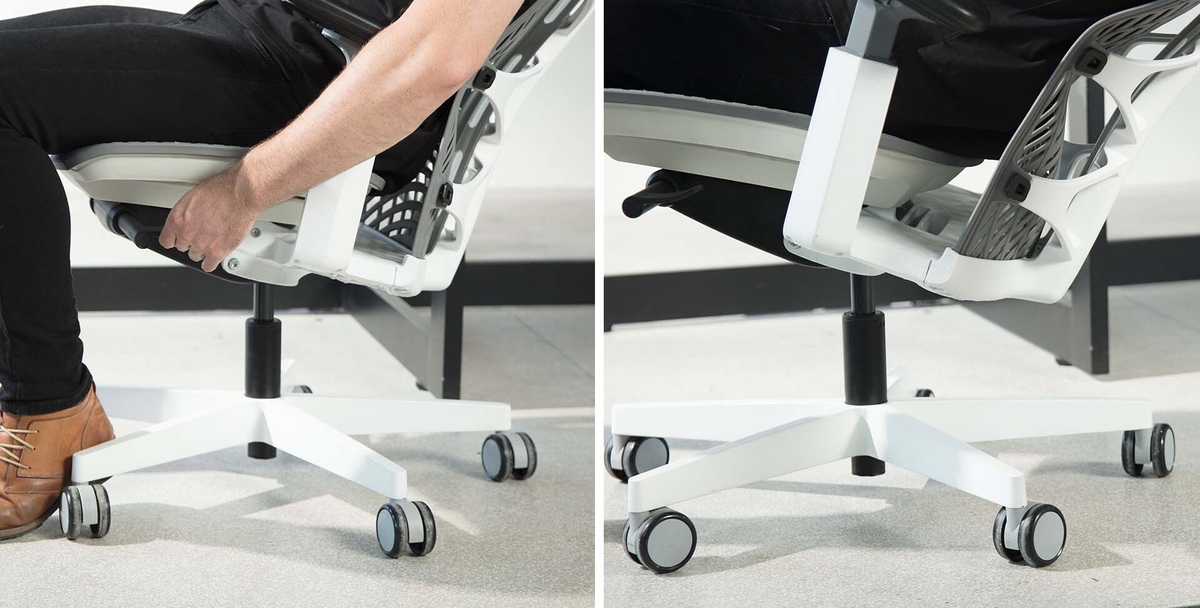
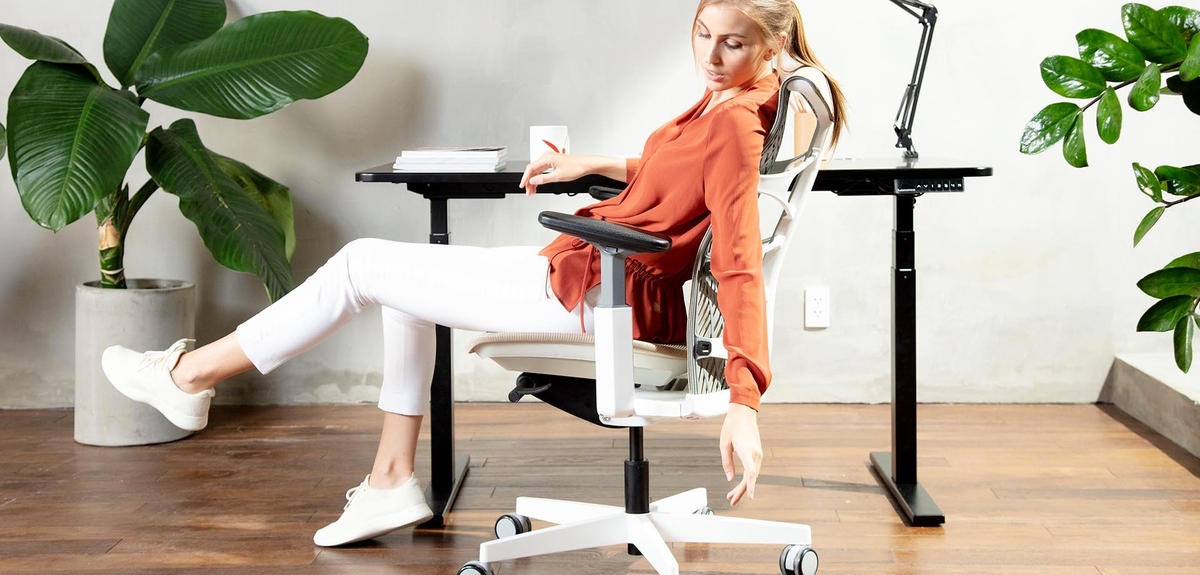
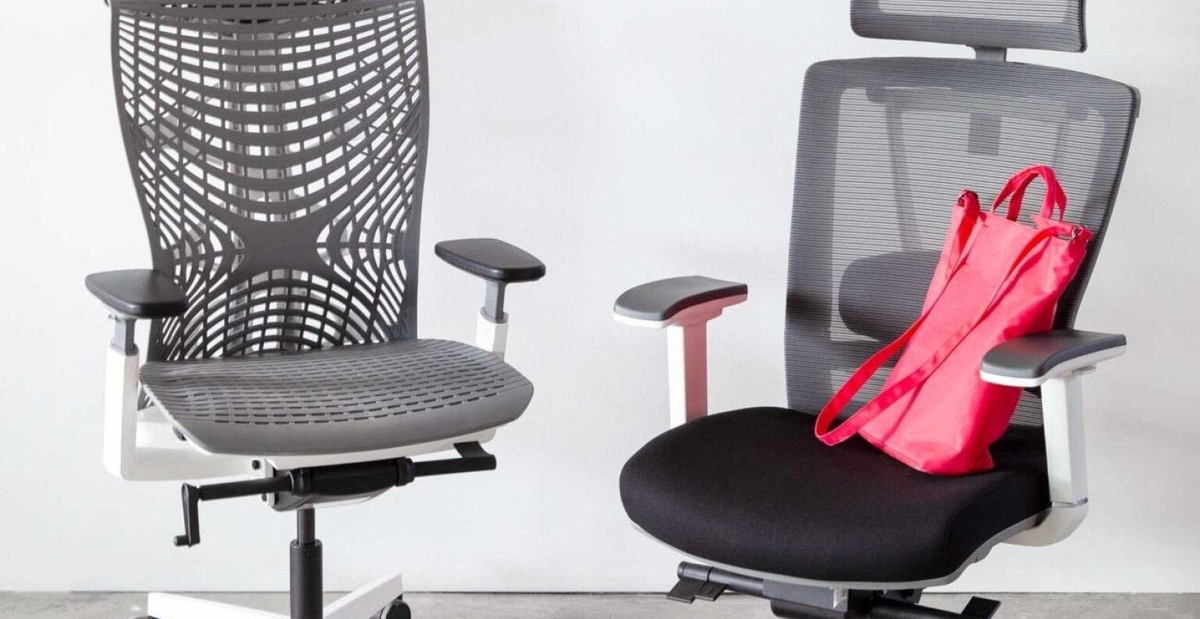
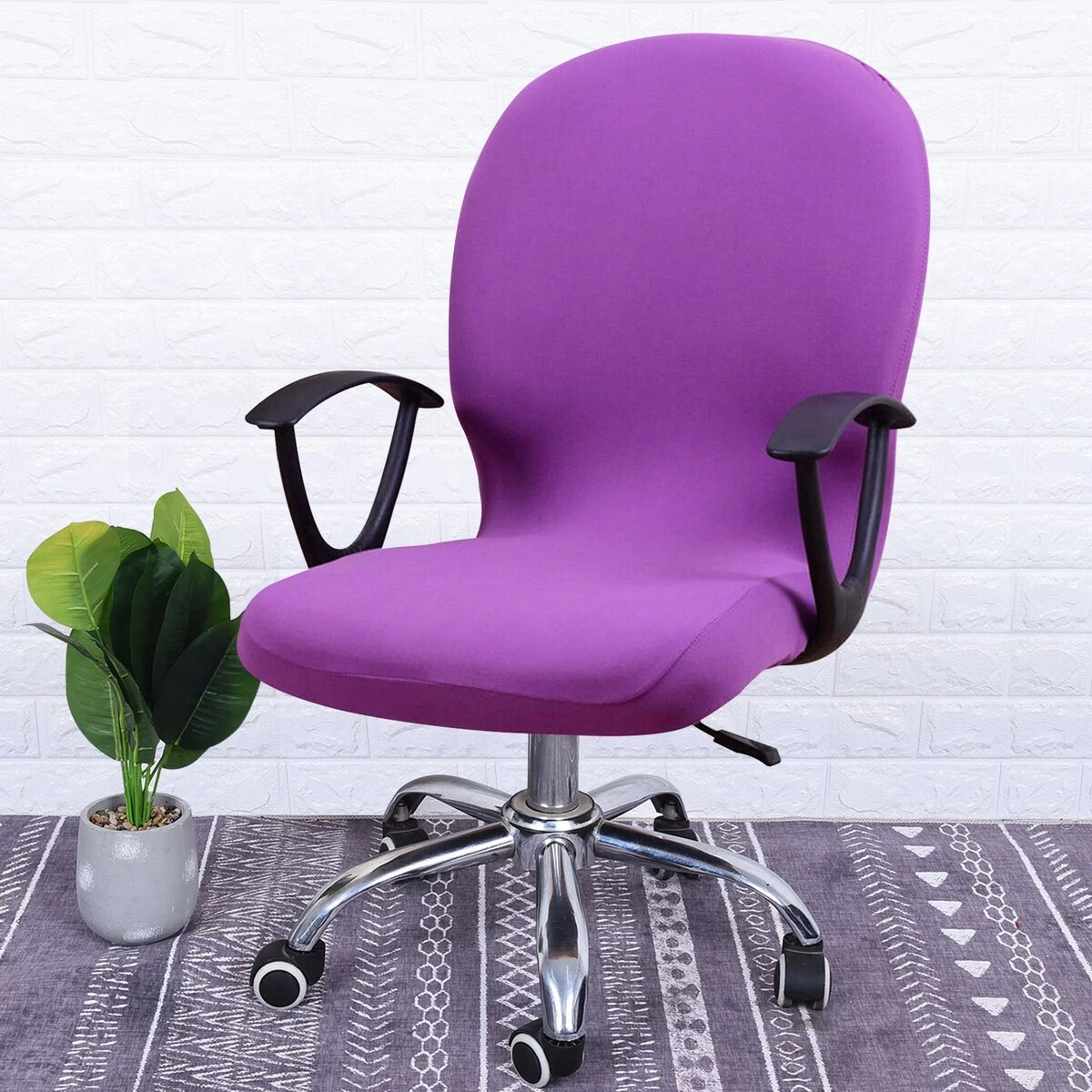


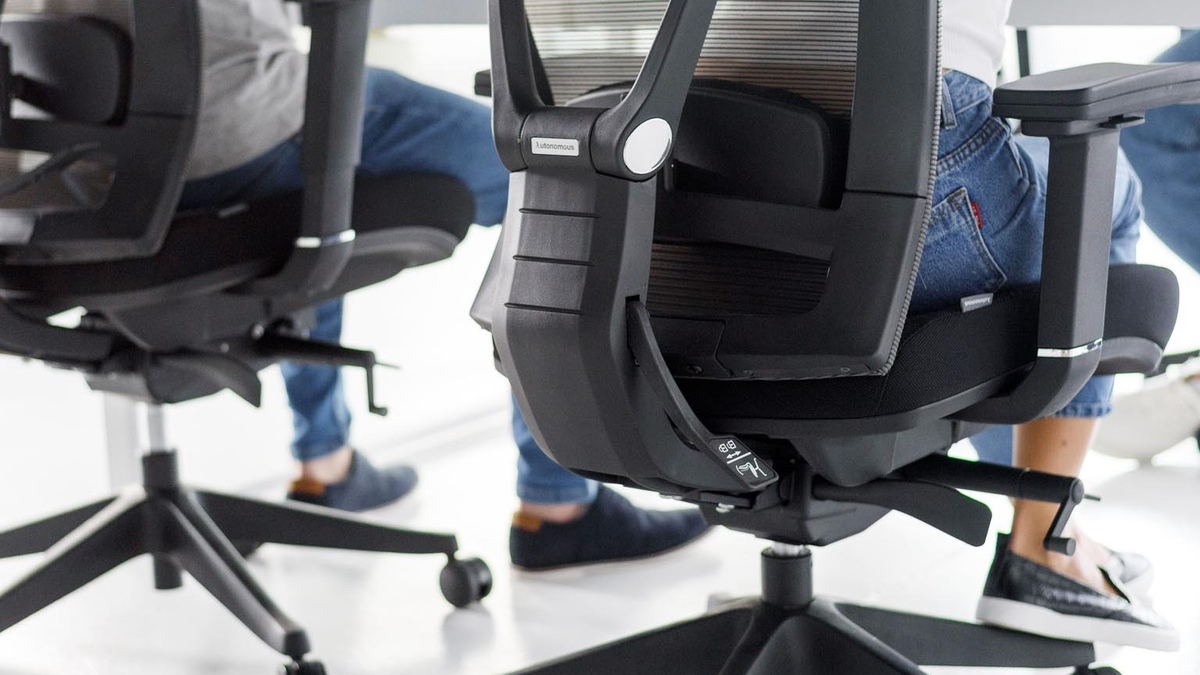
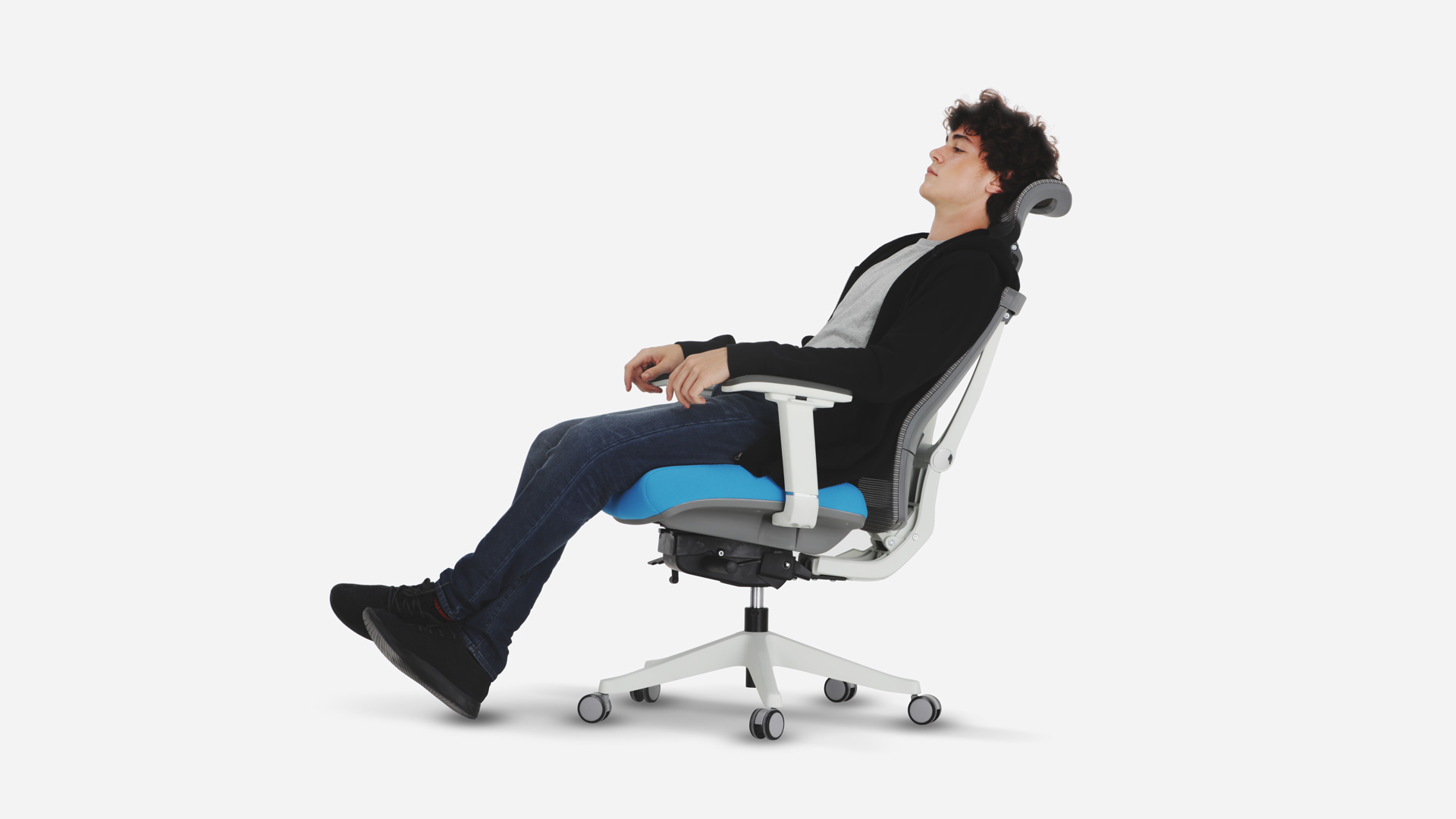
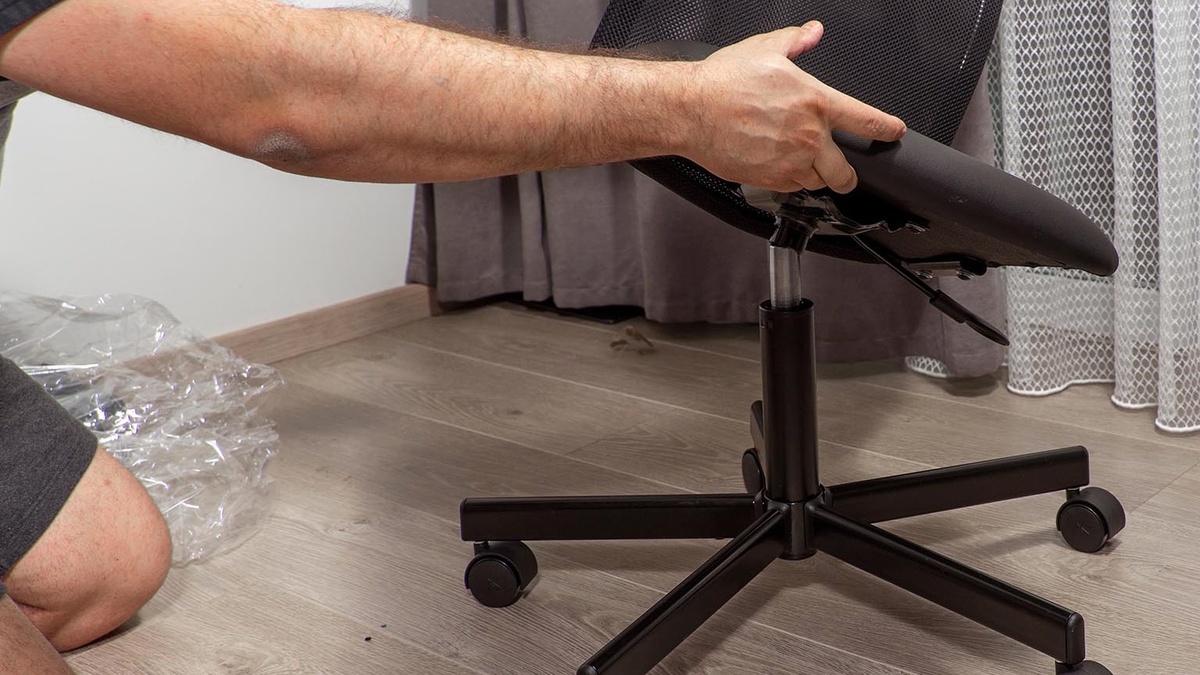
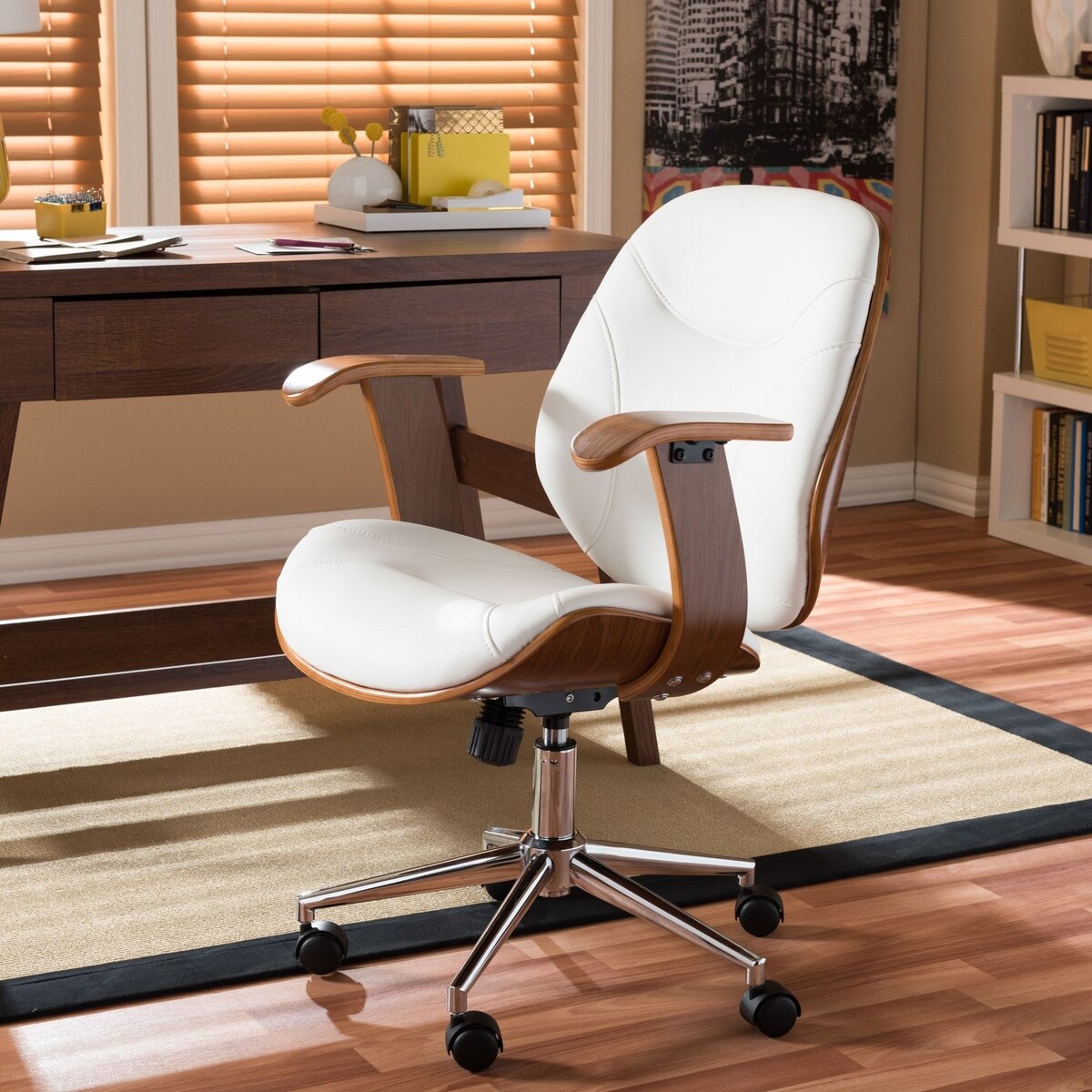
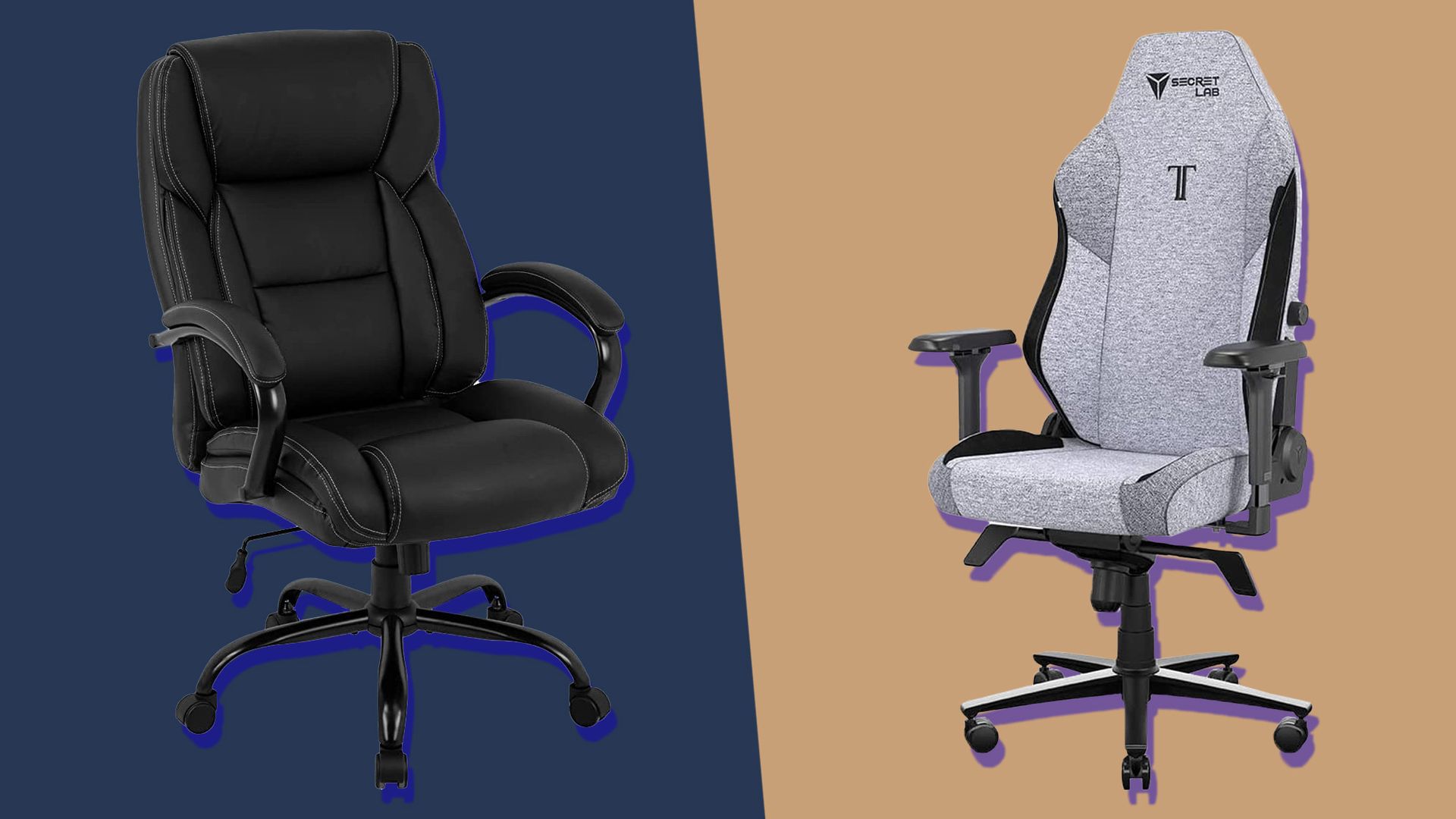


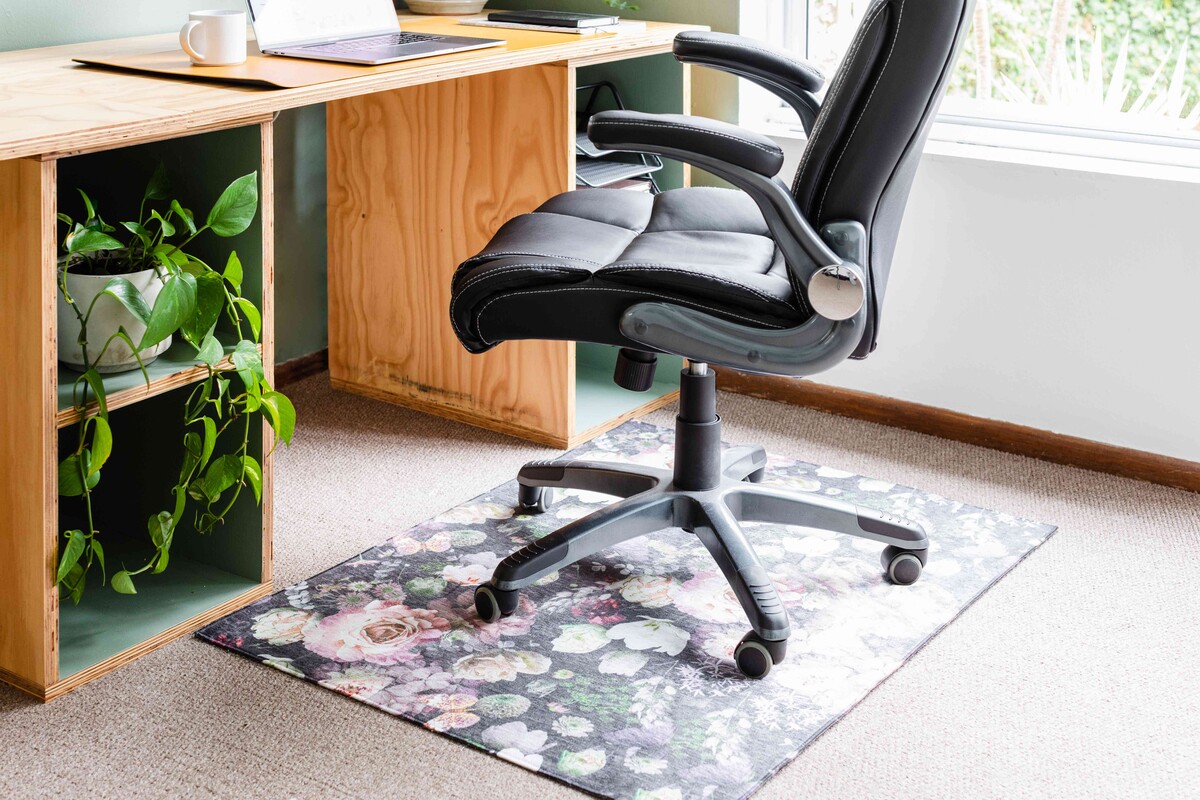
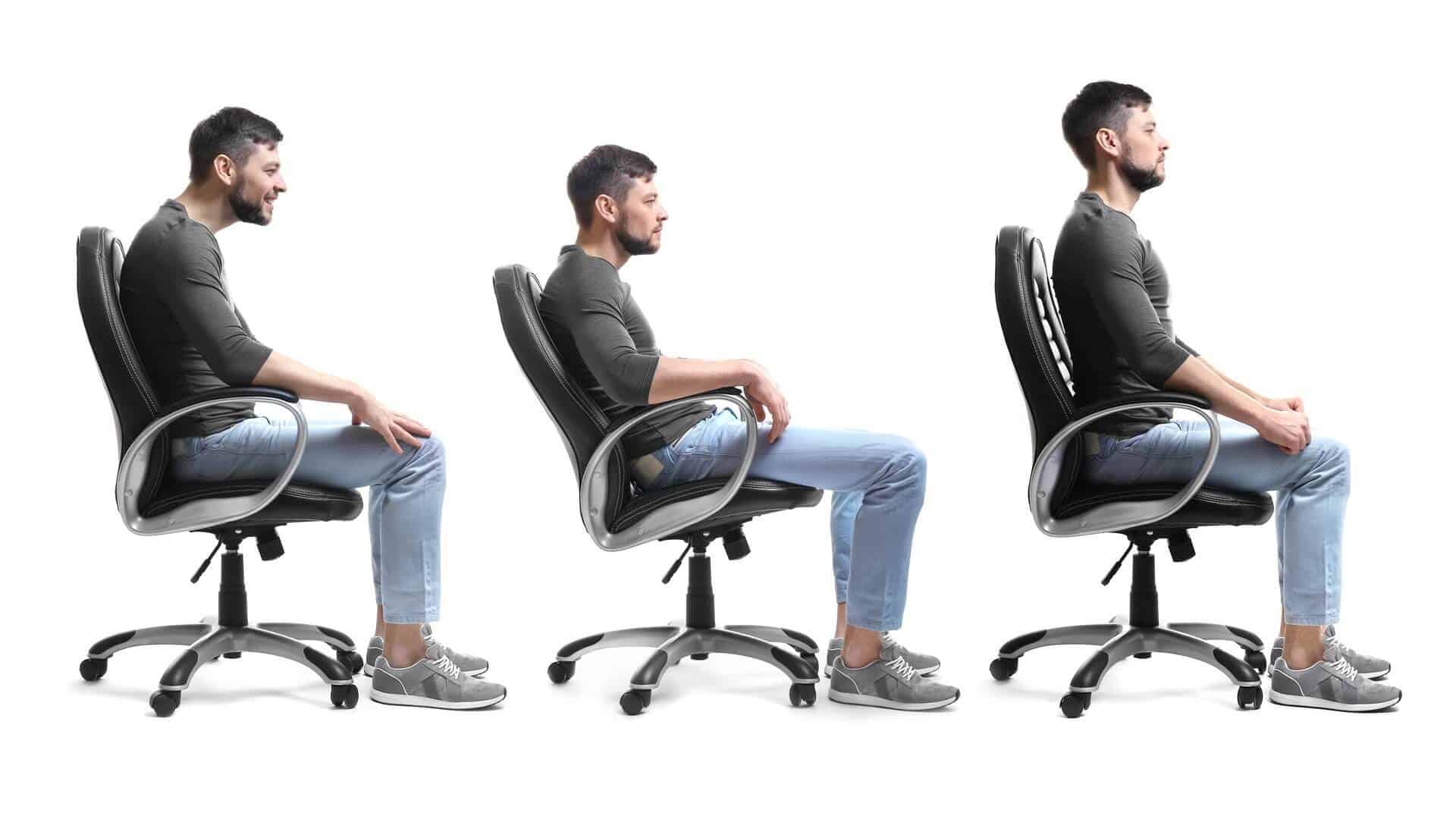

0 thoughts on “How To Adjust An Office Chair Tilt”